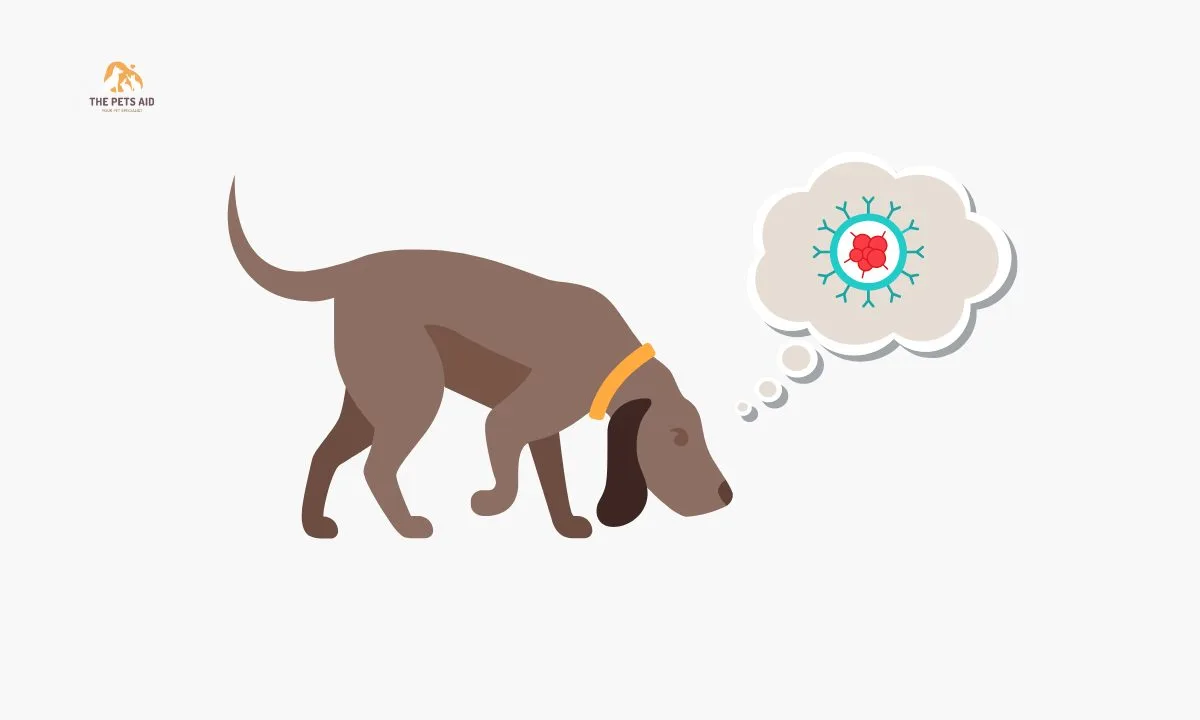Why Pomeranians Are the Worst Dogs? – (Reasons)
So, do you know? Why Pomeranians Are the Worst Dogs? Pomeranians often get a bad rap in the world of canine companions. People might label them as yappy, high-maintenance, or even downright annoying. However, it’s important to approach these adorable fluff balls with an open mind and dispel the misconceptions surrounding them. Highlights: Additional Resources: … Read more









